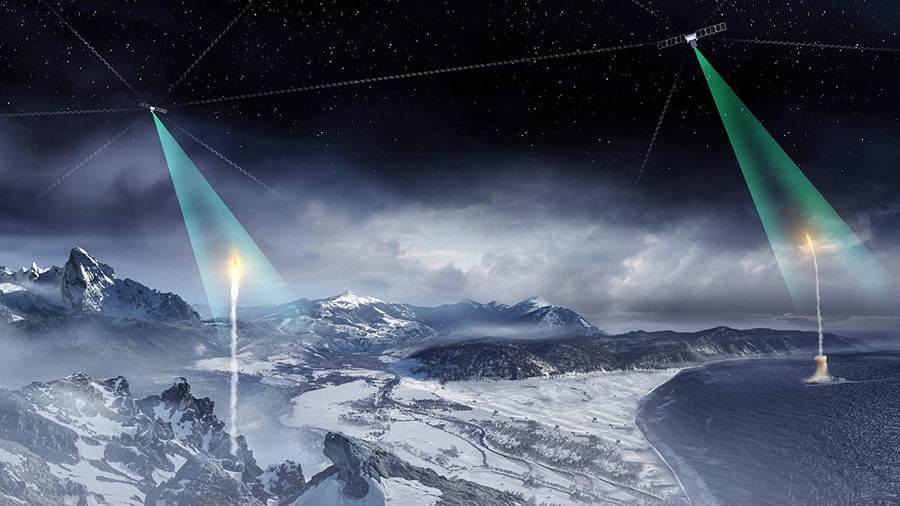The Space Development Agency has chosen EpiSci, a California-based company, to create a tool capable of identifying hypersonic missiles in flight using satellite data. This task is particularly demanding due to the incredibly high speeds at which these missiles travel.
Hypersonic missiles move at speeds exceeding Mach 5, which is five times faster than the speed of sound, presenting a formidable obstacle for existing defense systems. The Space Development Agency, a division of the U.S. Space Force, is constructing a constellation of satellites in low Earth orbit with the objective of offering global early warnings, tracking, and targeting of sophisticated missile threats.
The plan entails incorporating up to 100 missile-tracking satellites into this network. Apart from deploying satellites in orbit, the SDA requires sophisticated software capable of analyzing the information gathered by these sensors to pinpoint targets amidst the atmospheric clutter.
EpiSci aims to address this challenge through a $1.6 million two-year Small Business Innovation Research Phase 2 contract from the SDA, announced on Feb. 6. The company will assess its AI-driven software using data obtained from sensors in low Earth orbit to detect and monitor hypersonic threats.
Samuel Hess, the technical director at EpiSci, acknowledged the complexities of the project. Effectively tracking these rapidly moving targets over vast distances necessitates coordination among multiple satellites and precise tracking algorithms. In this endeavor, EpiSci is collaborating with Raytheon Technologies, a prominent defense contractor with proficiency in missile defense simulations and data analysis, which is also an investor in EpiSci.
Hess highlighted the challenge of transmitting information about the hypersonic target’s movements across various satellite images as it maneuvers during flight. This coordination among satellites is a critical aspect that requires meticulous attention.
EpiSci specializes in AI applications for autonomous drones and enhancing combat pilots’ capabilities. Its tools empower pilots to respond swiftly to threats and collaborate with unmanned aircraft effectively. Notably, Top Aces, a tactical aviation training firm, is one of EpiSci’s strategic investors, leveraging the company’s technology to create intricate scenarios for pilot training.
To showcase its hypersonic missile detection capabilities for the SDA, EpiSci will utilize Raytheon’s missile defense simulators. The initial phase will involve data from a single satellite, gradually expanding to incorporate more satellites. Hess emphasized the importance of developing precise software algorithms capable of detecting small targets within a vast area while navigating through other airborne objects like commercial aircraft.










